Last weekend, footage of a sun bear seen standing upright and waving to a crowd inside its enclosure at a zoo in Hangzhou city (in China's Zhejiang province) went viral, sparking speculation that it was actually a staff member in costume.
Meanwhile, a zoo spokesman insisted the animal was “genuine” and that such deception would not happen at a state-run facility. He also noted that with temperatures reaching 40 degrees Celsius (104 degrees Fahrenheit), a person wearing a furry bear suit “would not last more than a few minutes before collapsing.”
Suspected of using human bear impersonator, Chinese zoo quickly corrects
Managers at Paradise Wildlife Park in Hertfordshire, England, later spoke out in support of the zoo in Hangzhou, saying that sun bears often display behaviors that make them appear as if they are humans in disguise.
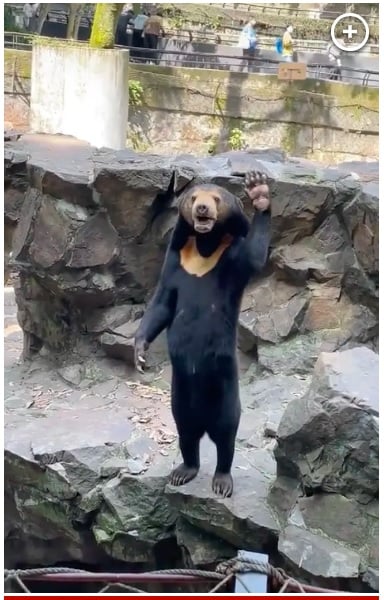
Sun bear in video filmed at Hangzhou zoo
New York Post screenshot
To back up its claim, Paradise Wildlife Park posted footage of one of its adorable sun bears standing on its hind legs. "We can confirm that Kyra is a sun bear," Paradise Wildlife Park wrote on Instagram. "Sun bears may look human when they stand up, but standing on their hind legs is actually a natural behavior for them," the facility continued.
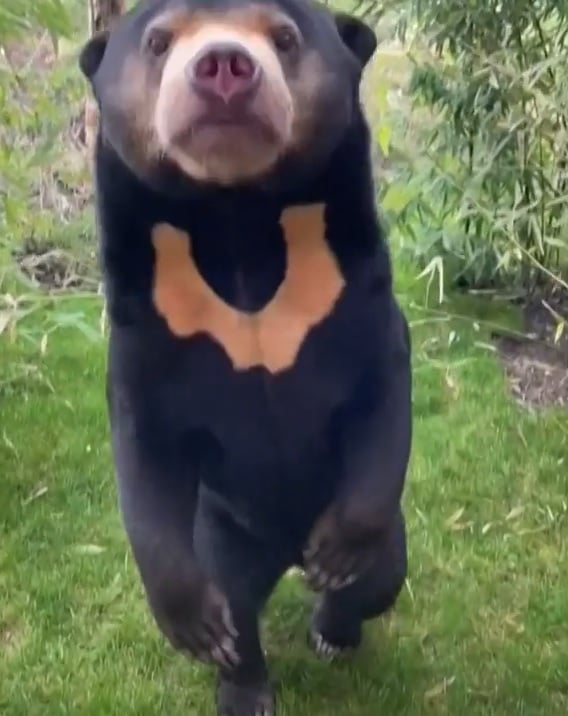
Sun bear in video posted by Paradise Wildlife Park
In addition, Edinburgh Zoo in Scotland also posted a photo of a sun bear named Rotana standing on its hind legs, looking suspiciously like a human in disguise. The photo sparked a series of humorous comments from followers, with one person writing: "Clearly an AI (artificial intelligence) image."
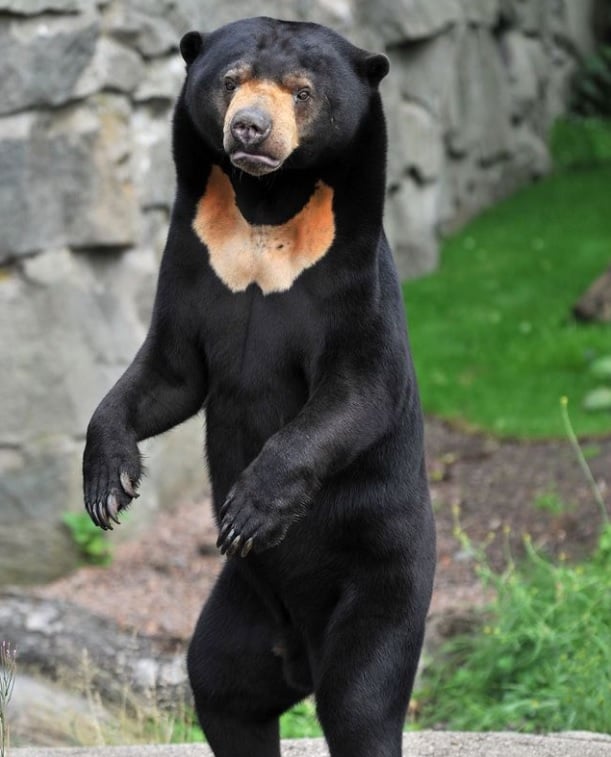
Photo of sun bear Rotana posted by Edinburgh Zoo on Instagram
New York Post screenshot
According to the Hangzhou Zoo, sun bears are about the size of large dogs, standing at 1.3 m tall when standing on their hind legs, while grizzly bears and other bears reach 2.8 m in height.
According to CNN, the sun bear is the world's smallest bear, living mainly in the tropical forests of South Asia and Southeast Asia. They do not hibernate and are characterized by a crescent-shaped amber patch of fur on their chests and a long tongue that helps them suck nectar from beehives - the reason they are called "beruang madu" (honey bear) in Malaysia and Indonesia.
Source link














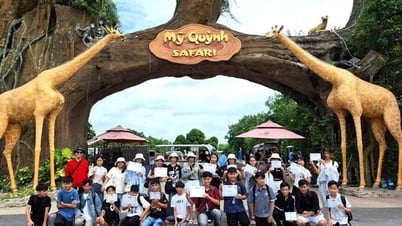
















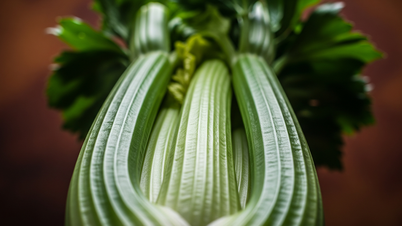





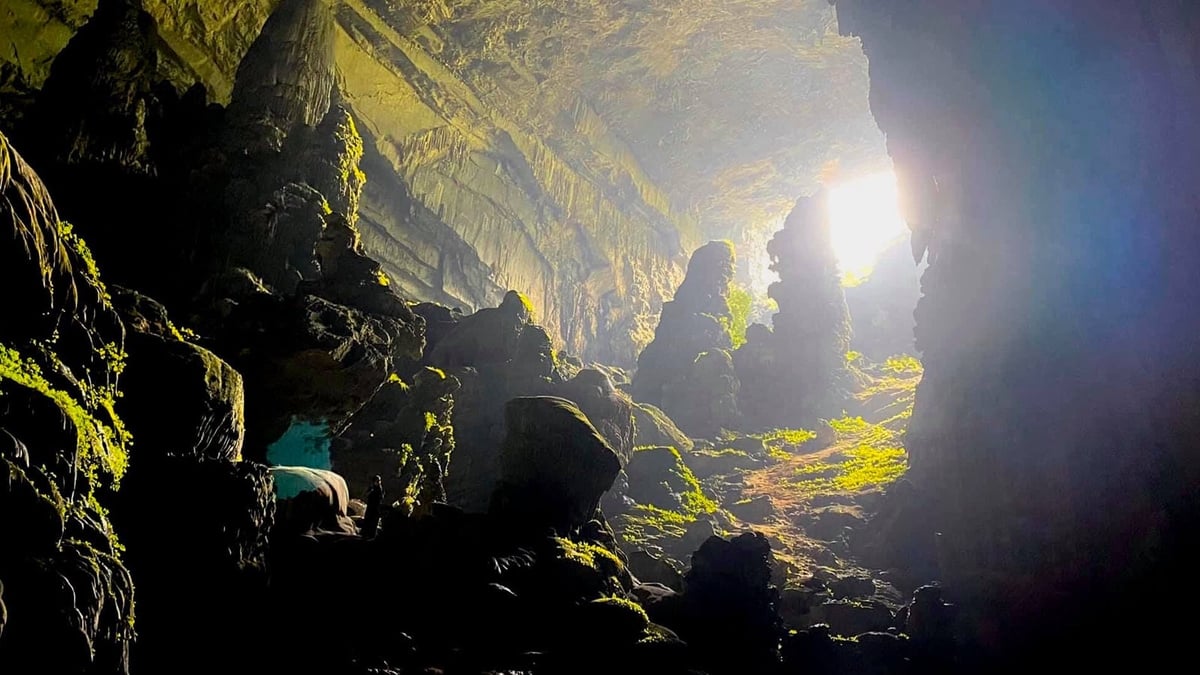










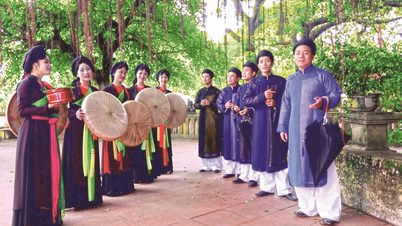























































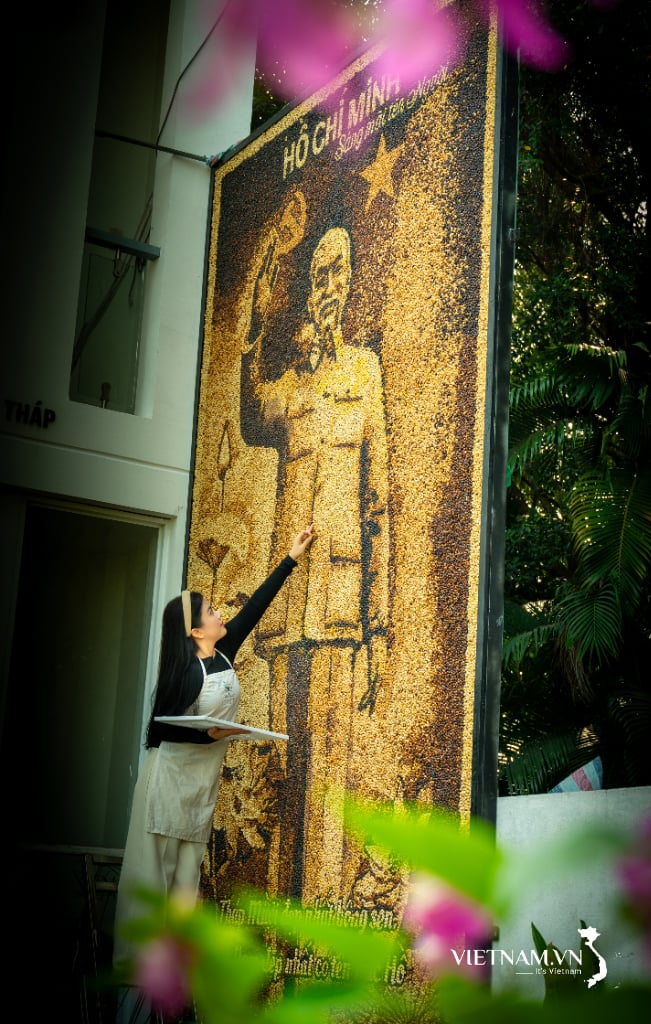


Comment (0)